This spirit is thoroughly understood in the Resolution of the 13th National Party Congress and Directive 05-CT/TW of the Secretariat on strengthening leadership in implementing sustainable poverty reduction by 2030.
The Government has clearly defined: investment in poverty reduction must be targeted and focused, avoiding spreading; prioritizing poor districts, especially disadvantaged communes, ethnic minority areas, coastal areas and islands - where economic conditions, infrastructure and social services are limited. In that spirit, the National Target Program for Sustainable Poverty Reduction is implemented synchronously from the central to local levels, with many component projects of breakthrough nature in livelihoods, infrastructure, communications and human resource development.

The National Target Program on Sustainable Poverty Reduction is being implemented synchronously from the central to local levels (Photo: bvhttdl)
In the Northern mountainous region, the focus on investment has made a clear change. Poor districts under the 30a program have received strong support to develop inter-village roads, improve school facilities, health stations and build specific livelihood models such as growing medicinal plants, beekeeping and developing community tourism. People are not only supported with knowledge and techniques but also guided to access the market, thereby creating higher and more stable economic value.
In the Central region – an area frequently affected by natural disasters, droughts and storms – many new livelihood models have been implemented, such as cage aquaculture, large timber plantation, and super-intensive shrimp farming, combined with training in risk prevention skills. Key investments in coastal communes help people better adapt to climate change, reduce dependence on coastal seafood exploitation, and increase resilience to natural disasters.
In the Central Highlands, where many ethnic minorities live, localities such as Kon Tum , Gia Lai, and Dak Lak have stepped up support for converting production methods from traditional slash-and-burn farming to sustainable farming models. Many households have been supported to join coffee, pepper, and macadamia cooperatives; and have been trained in intercropping techniques, grafting, and post-harvest preservation. Thanks to this, people's income has increased significantly, and the rate of re-poverty has been significantly reduced in many villages.
Meanwhile, the Southwest region continues to focus on poverty reduction for the Khmer people through small-scale livelihood support models, suitable for each household. Soc Trang, Tra Vinh and Bac Lieu provinces have implemented the "value chain production support" program, helping the poor access plant and animal varieties, providing guidance on aquaculture techniques, linking rice and shrimp consumption and building a model of growing crops on sandy soil. These are models that bring stable income, limiting dependence on the season.
One of the highlights of poverty reduction in recent times is investing in people - a direction that emphasizes people's ability to improve themselves. Vocational training programs, labor skills training, and start-up support for poor youth and poor women have been promoted. Many localities have brought vocational training classes to villages, helping people easily access them without having to travel far. In particular, courses linked to business needs have opened up opportunities for on-site employment or labor export, helping many households have a stable source of income.
Along with that, communication work has been strongly innovated. Instead of just promoting policies, localities have integrated instructions on production techniques, financial management skills, sales experience, and ways to approach agricultural markets. Many localities have also built "escape from poverty" pages on social networks, posting success stories to encourage people's spirit.
The Vietnam Fatherland Front and mass organizations continue to promote their core role in mobilizing the community to join hands in poverty reduction. Thousands of models of “charity rice jars”, “solidarity houses”, and “women’s groups helping each other escape poverty” have been effectively implemented in many provinces and cities, demonstrating the strength of solidarity and community solidarity.
It can be seen that the model of poverty reduction with focus and focus is being effective nationwide. When investment is focused on the right areas and the right subjects; when people are guided in appropriate production methods and have the opportunity to access information, knowledge and markets, poverty reduction is not only about support but also about giving opportunities to rise up, in the spirit of "leaving no one behind".
Source: https://bvhttdl.gov.vn/ca-nuoc-tang-cuong-thuc-hien-giam-ngheo-theo-huong-trong-tam-trong-diem-dau-tu-co-dia-chi-va-gan-voi-nang-cao-nang-luc-nguoi-dan-2025111514320588.htm


![[Photo] Prime Minister Pham Minh Chinh meets with representatives of outstanding teachers](https://vphoto.vietnam.vn/thumb/1200x675/vietnam/resource/IMAGE/2025/11/15/1763215934276_dsc-0578-jpg.webp)
![[Photo] General Secretary To Lam receives Vice President of Luxshare-ICT Group (China)](https://vphoto.vietnam.vn/thumb/1200x675/vietnam/resource/IMAGE/2025/11/15/1763211137119_a1-bnd-7809-8939-jpg.webp)






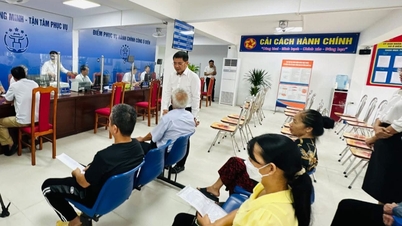











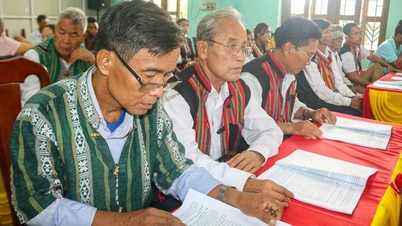
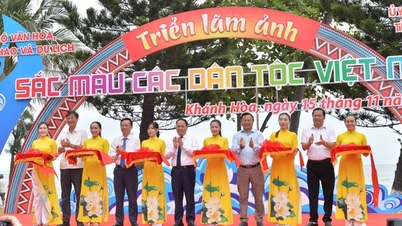
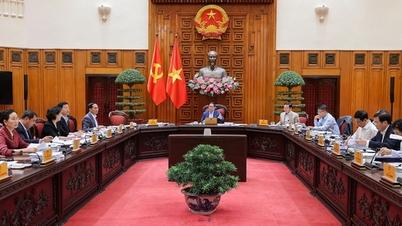




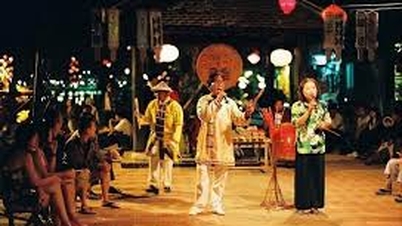










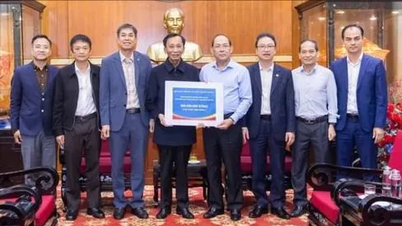

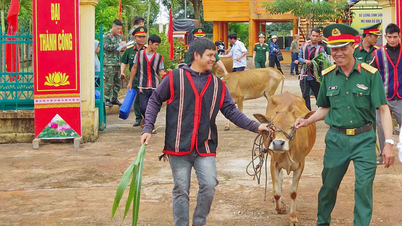


























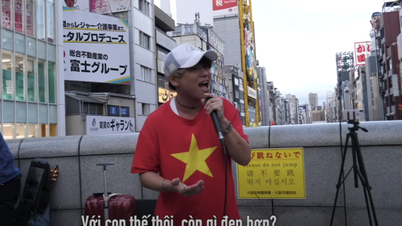





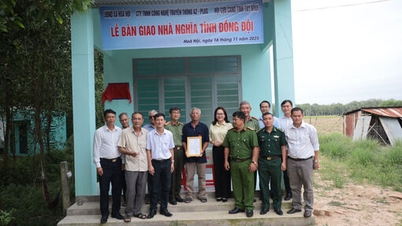

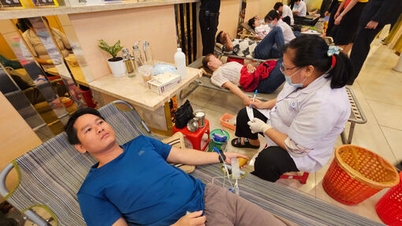





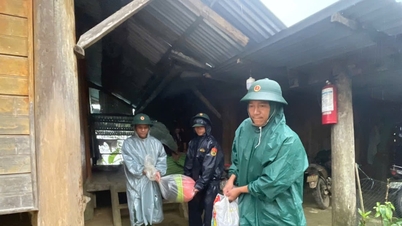

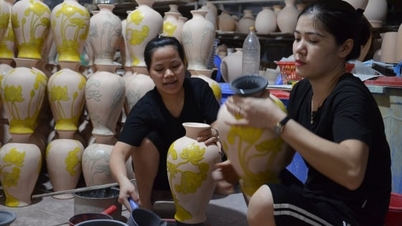












Comment (0)